CONSERVATION CORNER
A weekly blog for all things conservation
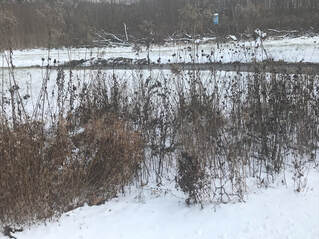 By: Kevin Brown, Ag Team Leader, BCCD Have you ever been told that, or maybe even thought that? Do you see places that aren’t immaculately manicured as “looking like crap”? Have you ever thought that maybe there was a higher purpose for that? One place I am talking about is pollinator habitat. Sure, some of these areas look beautiful in the summer when everything is blooming and when insects, birds, caterpillars and everything else is visiting the area. However, when it has used up its usefulness, we want to get rid of it as soon as possible. After all, “It looks like crap”. I have an area down here at the office that is right by the mailboxes for all the world to see. Sometimes, when I pass by it coming in to work, I even think that. It is old, dead, brown stalks of various flowers still standing 4-6’ tall. It takes me a minute to get past it, but I can because I know why it is there. We have another area at the end of the building which looks even “worse”. At least to us humans. Again, I know why it is there, so I leave it alone for the most part. Most people understand pollinator gardens for the summer. It is pretty easy to see with all the wildlife that visits them, and they are beautiful, so no one complains. However, most people don’t know that this is where a lot of insects overwinter. Because of the way we are trained, it is a lot harder to look at it for the 6 months of winter, standing there dead and all. But it is still serving a purpose.
1 Comment
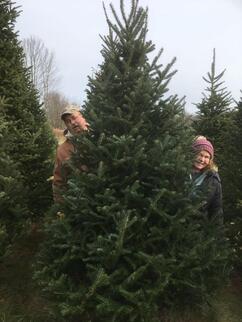 .By MEGAN ROUGHT Ag Resource Specialist Christmas is in the air and what better way to get into the holiday spirit then going out and getting yourself a fresh cut Christmas tree. One of my favorite traditions to do during the Christmas season is go to a local U-cut Christmas tree farm and find the perfect tree. My family and I will scour the fields until we find the perfect tree. We then cut it down, take it home, and decorate it with all our ornaments and lights. But then what do you do when Christmas is over, and the tree must come down? Many people don’t realize that there are multiple different environmentally friendly options. Your Christmas tree can be used as habitat/shelter, food, or even erosion control 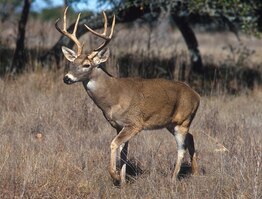 By Dan Rhodes, Education Coordinator, BCCD Since big game rifle season for white-tailed deer opened on November 27th across Pennsylvania, nearly 900,000 PA hunters have taken to the woods to try and harvest a monster buck or replenish their freezer’s supply of organic, healthy, venison meat. Unfortunately, within the last few weeks or months, media reports have also surfaced claiming that hunters coming in close contact with wild white-tailed deer may also have an elevated risk of contracting the COVID-19 virus if the deer themselves are infected. 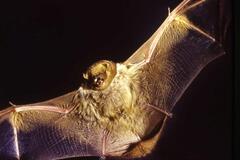 By DAN RHODES BCCD Education Coordinator Please consider constructing or purchasing a bat house from the Game Commission to provide bats with places to live. If you turned on the TV this past month, you were likely to find no shortage of creepy horror movies with bats terrorizing the main characters. If you visited your local candy store to stock up on Halloween trick-or-treat supplies, you probably saw dozens of plastic bat decorations hanging from the ceilings to create the perfect Halloween atmosphere for shoppers. Bats, it seems, are consistently one of the most popular animals alive when it comes to adding scary effects to your favorite horror movie or getting people in the Halloween mood. For centuries, even before the invention of television, books such as Bram Stoker’s Dracula highlighted the bat as a sinister, bloodthirsty animal who was always out to get you. Is this hatred and fear toward bats really justified? What is the truth about bats and their relationship with humans? By: Dan Rhodes, Education Coordinator
Over the last couple of years there’s been a lot of press about a new invasive aggressive bee that has been spotted in North America called the ‘murder’ hornet. These very large giant hornets from Asia are indeed a species of concern for many reasons, but how can they be identified if seen, are there other similar species out there right now, and are there any bees that shouldn’t be added to an ‘America’s most wanted’ poster? By: Adam Chorba, Forest Specialist, Bradford County Conservation District
Forestry is often looked at as a large-scale, long term project, and it commonly is. Forestry is always about planning ahead and getting the most benefits out of an area. However, some concepts can be utilized to benefit smaller areas, from a few acres to even just a few trees, in a relatively short time. And if these concepts are done properly, it can have great rewards for both nature and landowner. The term clearcut is just as it sounds, clearing an area of land by means of cutting. Its purpose is to expose the forest floor to a period of full sun, about 6 hours. This is to promote vigorous regeneration that aids in diversity of species, density, age structure, and habitat. Some important species like Sassafras, Black Cherry, Aspen, Poplar, and Walnut require full sun while other important species like Oak might not require full sun but can benefit greatly from it. Clearcutting is often met with negative connotation due to historical misuse and misunderstandings. These misunderstandings often leave a valuable component of forest management unused. Clearcutting mimics the naturally occurring conditions found after a serious weather event or fire but in a more controlled manner. 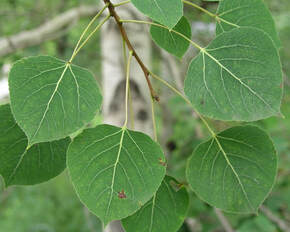 By: Adam Chorba, Forest Specialist, Bradford County Conservation District Forestry is often looked at as a large-scale, long term project and it commonly is. Even though forestry is always about planning ahead and getting the most benefits out of an area, some concepts can be utilized to benefit from a few acres or even just a few trees in a relatively short time frame. If these concepts are done properly, it can have great rewards for both nature and landowner. 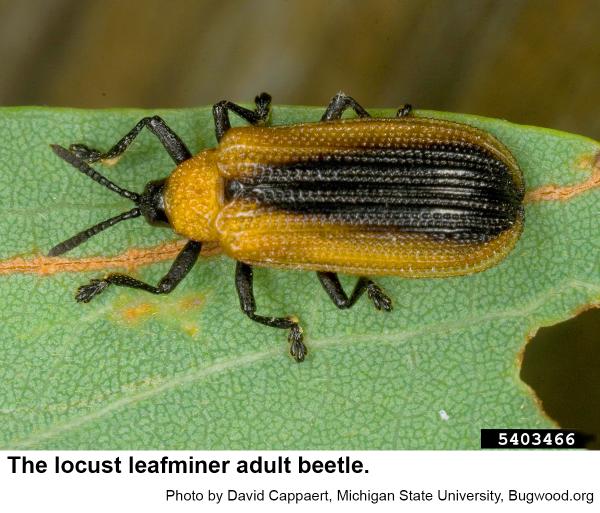 By: Adam Chorba, Forest Specialist, Bradford County Conservation District The Black locust and Honey Locust are native, medium-sized hardwood deciduous trees with compound leaves. They are an early successional forest species, meaning that they are adapted to grow quickly in a variety of areas to aid in the natural progression of forest development. Black locust is a nitrogen-fixing legume, meaning it adds nitrogen to the soil instead of removing it and in some cases, this helps to improve soil quality. Honey locust is non-nitrogen fixing, but it develops larger and sweeter, bean like pods that are beneficial for livestock and wildlife. The wood of locust is extremely tough and rot resistant and is favored for making fence posts. They are commonly found along roadways and forest edges, often in groves. Both types of locust have a common insect that targets it that often goes unnoticed until this time of year and is often mistaken as tree blight or sudden mortality. 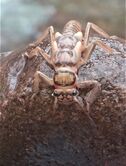 By: Tori Bristol, Dirt Gravel & Low Volume Roads Specialist As we all know, clean water is vital for maintaining healthy aquatic habitats. As areas start to become more developed, the impacts can be seen on the water quality of freshwater ecosystems. There are many ways to evaluate the health of our streams through chemical, physical and biological assessments. One of the easiest ways that scientists (or even you at home) can judge the health of a stream is to collect Benthic Macroinvertebrates, aka Macros. 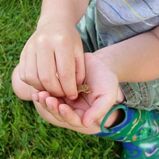 By: Jonathan VanNoy, Natural Resource Specialist What do you consider to be the “official sign” that spring has arrived? During daylight hours, many observe the first Robin of the year to be the sign that spring has sprung, or at least that winter’s grasp is weakening. Other examples are the emergence of flowers such as Snowdrops, Crocus, or Daffodils. However, one of the most prominent (and my personal favorite) sign of spring is the cheery chorus of the Northern Spring Peeper! |
AuthorsVarious staff at the Bradford County Conservation District Archives
May 2024
Categories
All
|
